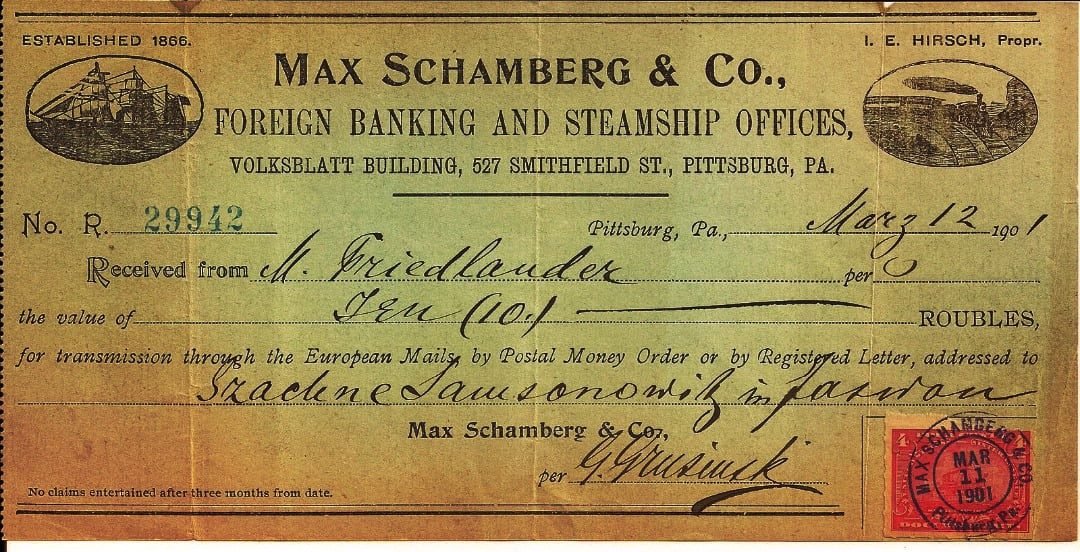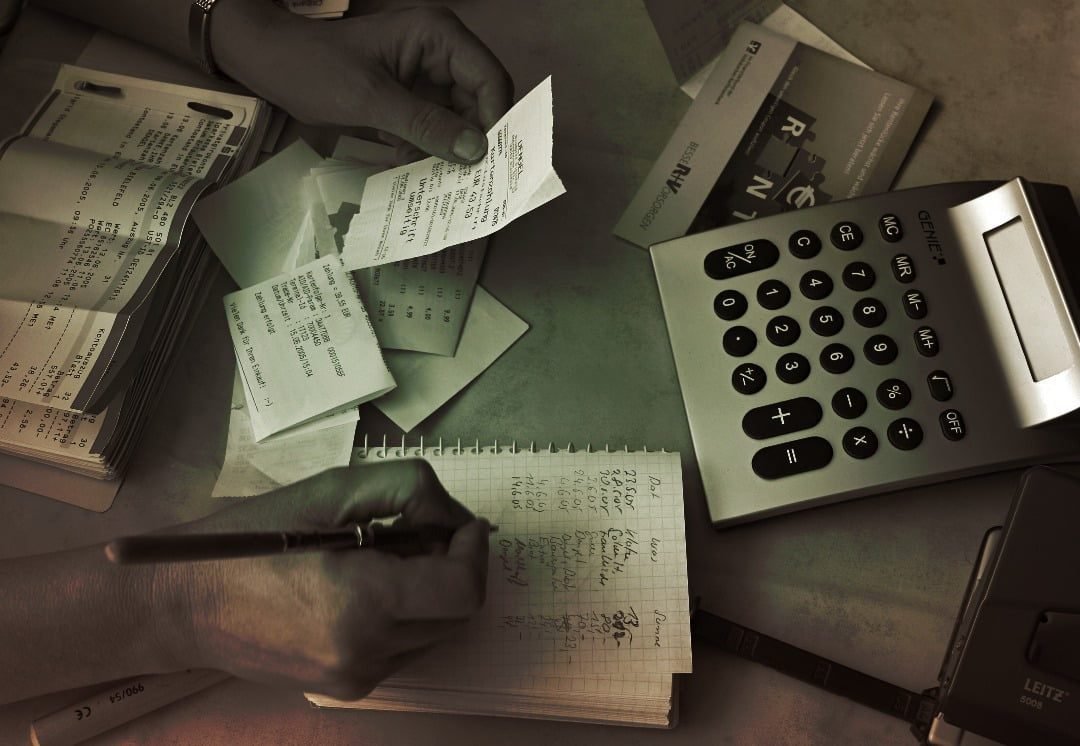A Negotiable Instrument is a document guaranteeing the payment of a specific amount of money, either on demand or at a set time, with the payer usually named on the document. The Concept of the study Explains – Negotiable Instruments: Meaning, Definition of Negotiable Instruments, Characteristics of Negotiable Instruments, and Features of Negotiable Instruments. More specifically, it is a document contemplated by or consisting of a contract, which promises the payment of money without condition, which may be paid either on demand or at a future date. The term can have different meanings, depending on what law is being applied and what country and context it is used in. Also learned, Commercial Bills, Negotiable Instruments: Definition, Characteristics, and Features! Read and share the given article in Hindi.
Explain and Learn, Negotiable Instruments: Definition, Characteristics, and Features!
Negotiable Instruments Act: The law relating to “Negotiable Instruments” is contained in the Negotiable Instruments Act, 1881, as amended up-to-date. It deals with three kinds of negotiable instruments, i.e., Promissory Notes, Bills of Exchange and Cherubs. The provisions of the Act also apply to “hands” (an instrument in oriental language), unless there is a local usage to the contrary.
Other documents like treasury bills, dividend warrants, share warrants, bearer debentures, port trust or improvement trust debentures, railway bonds payable to bearer etc., are also recognized as negotiable instruments either by mercantile custom or under other enactments like the Companies Act, and therefore, Negotiable Instruments Act is applicable to them.
#Definition of Negotiable Instruments:
The word “Negotiable” means “Transferable by delivery”, and the word “Instrument” means “A written document by which a right is created in favor of some person”. Thus, the term “Negotiable instrument” literally means “a written document transferable by delivery”.
According to Section 13 of the Negotiable Instruments Act,
“A negotiable instrument means a promissory note, bill of exchange or cheque payable either to order or to bearer.”
The Act, thus, mentions three kinds of negotiable instruments, namely notes, bills and cherubs and declares that to be negotiable they must be made payable in any of the following forms:
A) Payable to order:
A note, bill or cheque is payable to order which is expressed to be “payable to a particular person or his order”.
But it should not contain any words prohibiting the transfer, e.g., “Pay to A only” or “Pay to A and none else” is not treated as “payable to order” and therefore such a document shall not be treated as the negotiable instrument because its negotiability has been restricted.
There is, however, an exception in favor of a cherub. A cheque crossed “Account Payee only” can still be negotiated further; of course, the banker is to take extra care in that case.
B) Payable to bearer:
“Payable to bearer” means “payable to any person whom so ever bears it.” A note, bill or cheque is payable to bearer which is expressed to be so payable or on which the only or last endorsement is an endorsement in blank.
The definition given in Section 13 of the Negotiable Instruments Act does not set out the essential characteristics of a negotiable instrument. Possibly the most expressive and all-encompassing definition of negotiable instrument had been suggested by Thomas who is as follows:
“A negotiable instrument is one which is, by a legally recognized custom of trade or by law, transferable by delivery or by endorsement and delivery in such circumstances that (a) the holder of it for the time being may sue on it in his own name and (b) the property in it passes, free from equities, to a bonfire transferee for value, notwithstanding any defect in the title of the transferor.”
#Characteristics of Negotiable Instruments:
An examination of the above definition reveals the following essential characteristics of negotiable instruments which make them different from an ordinary chattel:
Easy negotiability:
They are transferable from one person to another without any formality. In other words, the property (right of ownership) in these instruments passes by either endorsement or delivery (in case it is payable to order) or by delivery merely (in case it is payable to bearer), and no further evidence of transfer is needed.
The transferee can sue in his own name without giving notice to the debtor:
A bill, note or a cheque represents a debt, i.e., an “actionable claim” and implies the right of the creditor to recover something from his debtor. The creditor can either recover this amount himself or can transfer his right to another person. In case he transfers his right, the transferee of a negotiable instrument is entitled to sue on the instrument in his own name in case of dishonor, without giving notice to the debtor of the fact that he has become the holder.
The better title to a bonfire transferee for value:
A bonfire transferee off a negotiable instrument for value (technically called a holder in due course) gets the instrument “free from all defects.” He is not affected by any defect of title of the transferor or any prior party. Thus, the general rule of the law of transfer applicable in the case of ordinary chattels that “nobody can transfer a better title than that of his own” does not apply to negotiable instruments.
Examples of Negotiable Instruments:
The following instruments have been recognized as negotiable instruments by statute or by usage or custom:
- Bills of exchange;
- Promissory notes;
- Cheques;
- Government promissory notes;
- Treasury bills;
- Dividend warrants;
- Share warrants;
- Bearer debentures;
- Port Trust or Improvement Trust debentures;
- Hindus, and;
- Railway bonds payable to bearer, etc.
Examples of Non-negotiable Instruments:
These are:
- Money orders;
- Postal orders;
- Fixed deposit receipts;
- Share certificates, and;
- Letters of credit.
Endorsement:
Section 15 defines endorsement as follows: “When the maker or holder of a negotiable instrument signs the same, otherwise than as such maker, for the purpose of negotiation, on the back or face thereof or on a slip of paper annexed thereto, or so signs for the same purpose a stamped paper intended to be completed as negotiable instrument, he is said to endorse the same, and is called the endorser.”
Thus, an endorsement consists of the signature of the holder usually made on the back of the negotiable instrument with the object of transferring the instrument. If no space is left on the back of the instrument for the purpose of endorsement, further endorsements are signed on a slip of paper attached to the instrument. Such a slip is called “along” and becomes part of the instrument. The person making the endorsement is called an “endorser” and the person to whom the instrument is endorsed is called an “endorse.”
Kinds of Endorsements:
Endorsements may be of the following kinds:
- Blank or general endorsement: If the endorser signs his name only and does not specify the name of the indorse, the endorsement is said to be in blank. The effect of a blank endorsement is to convert the order instrument into a bearer instrument which may be transferred merely by delivery.
- Endorsement in full or special endorsement: If the endorser, in addition to his signature, also adds a direction to pay the amount mentioned in the instrument to, or to the order of, a specified person, the endorsement is said to be in full.
- Partial endorsement: Section 56 provides that a negotiable instrument cannot be endorsed for a part of the amount appearing to be due on the instrument. In other words, a partial endorsement which transfers the right to receive only a partial payment of the amount due on the instrument is invalid.
- Restrictive endorsement: An endorsement which, by express words, prohibits the indorse from further negotiating the instrument or restricts the indorse to deal with the instrument as directed by the endorser is called “restrictive” endorsement. The indorse under a restrictive endorsement gets all the rights of an endorser except the right of further negotiation.
- Conditional endorsement: If the endorser of a negotiable instrument, by express words in the endorsement, makes his liability, dependent on the happening of a specified event, although such event may never happen, such endorsement is called a “conditional” endorsement.
In the case of a conditional endorsement, the liability of the endorser would arise only upon the happening of the event specified. But they endorse can sue other prior parties, e.g., the maker, acceptor etc. if the instrument is not duly met at maturity, even though the specified event did not happen.

#Features of Negotiable Instruments:
Negotiable Instrument, in law, a written contract or another instrument whose benefit can be passed on from the original holder to new holders. The original holder (the transferor) must countersign the instrument (as in the case of a cheque) or merely deliver it (as in the case of a bank note) to the new holder; the new holder is then entitled to the benefit of the instrument (in the case of a cheque, to the money from the bank; in the case of the banknote, to the sum promised on the note).
According to section 13 of the Negotiable Instruments Act, 1881, a negotiable instrument means,
“Promissory note, bill of exchange, or cheque, payable either to order or to bearer.”
Major features of negotiable instruments are:
The following features below are:
Easy Transferability:
A negotiable instrument is freely transferable. Usually, when we transfer any property to somebody, we are required to make a transfer deed, get it registered, pay stamp duty, etc. But, such formalities are not required while transferring a negotiable instrument.
The ownership is changed by mere delivery (when payable to the bearer) or by valid endorsement and delivery (when payable to order). Further, while transferring it is also not required to give notice to the previous holder.
Title:
Negotiability confers an absolute and good title on the transferee. It means that a person who receives a negotiable instrument has a clear and indisputable title to the instrument.
However, the title of the receiver will be absolute, only if he has got the instrument in good faith and for consideration.
Also, the receiver should have no knowledge of the previous holder having any defect in his title. Such a person is known as the holder in due course.
Must be in writing:
A negotiable instrument must be in writing. This includes handwriting, typing, computer print out and engraving, etc.
Unconditional Order:
In every negotiable instrument, there must be an unconditional order or promise for payment.
Payment:
The instrument must involve the payment of a certain sum of money only and nothing else.
For example, one cannot make a promissory note on assets, securities, or goods.
The time of payment must be certain:
It means that the instrument must be payable at a time which is certain to arrive. If the time is mentioned as “when convenient” it is not a negotiable instrument.
However, if the time of payment is linked to the death of a person, it is nevertheless a negotiable instrument as death is certain, though the time thereof is not.
The payee must be a certain person:
It means that the person in whose favor the instrument is made must be named or described with reasonable certainty.
The term “person” includes individual, body corporate, trade unions, even secretary, director or chairman of an institution. The payee can also be more than one person.
Signature:
A negotiable instrument must bear the signature of its maker. Without the signature of the drawer or the maker, the instrument shall not be a valid one.
Delivery:
Delivery of the instrument is essential. Any negotiable instrument like a cheque or a promissory note is not complete until it is delivered to its payee.
For example, you may issue a cheque in your brother”s name but it is not a negotiable instrument until it is given to your brother.
Stamping:
Stamping of Bills of Exchange and Promissory Notes is mandatory. This is required as per the Indian Stamp Act, 1899. The value of stamp depends upon the value of the pro-note or bill and the time of their payment.
Right to file suit:
The transferee of a negotiable instrument is entitled to file a suit in his own name for enforcing any right or claim on the basis of the instrument.
Notice of transfer:
It is not necessary to give notice of transfer of a negotiable instrument to the party liable to pay.
Presumptions:
Certain presumptions apply to all negotiable instruments, for example, consideration is presumed to have passed between the transferor and the transferee.
Procedure for suits:
In India, a special procedure is provided for suits on promissory notes and bills of exchange.
The number of transfer:
These instruments can be transferred indefinitely until they are at maturity.
Rule of evidence:
These instruments are in writing and signed by the parties, they are used as evidence of the fact of indebtedness because they have special rules of evidence.
Exchange:
These instruments relate to payment of certain money in legal tender, they are considered as substitutes for money and are accepted in exchange of goods because cash can be obtained at any moment by paying a small commission. Read and share the given article (Negotiable Instruments: Definition, Characteristics, and Features) in Hindi.














